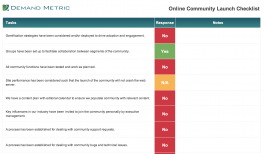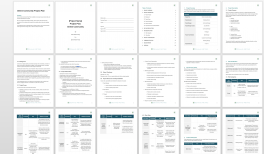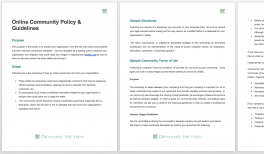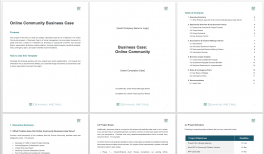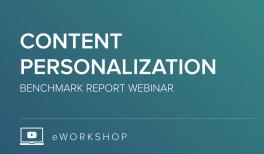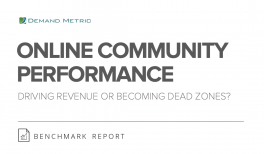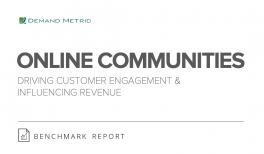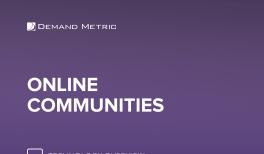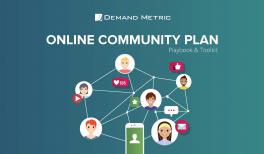Demand Metric, in partnership with Vanilla Forums, set out to learn what the customer support landscape looks like and how effective crowd based, self-service support channels are working.
The State of Online Communities for Customer Support
Resource Overview
Related Resources
Introduction
Hotline-based customer support, where a helpful support agent dispenses support in real-time, is increasingly rare. While some customers or users lament what seems like the pending extinction of this support offering, others like the increasing array of options for self-help. In fact, many opt for self-help support channels because they are more accessible, convenient, low-cost or immediate.
The motivation for offering crowd-based or self-service support can vary, from organizations that simply want to lower their costs to those that want to better serve their customers. Whatever the motivation, self-service support channels are seemingly on the rise, and the first (sometimes only) resort to get help.
Demand Metric, in partnership with Vanilla Forums, set out to learn what the customer support landscape looks like and how effective crowd based, self-service support channels are working. To find out, these partners fielded an online survey, getting over 400 individuals and firms to click in to it. Those who reported that their organizations provide technical or product support to customers or prospects were encouraged to complete the study survey. The report shares the data and analysis from this survey providing insights into best practices for improving crowd based, self- service support.
Table of Contents
- Introduction
- Executive Summary
- Support Operation Overview
- Communities and the Support Process
- Leveraging Support Data & Metrics
- Demand, Investment and Strateguc Importance
- Analyst Bottom Line
- Acknowledgements
- Appendix - Survey Background
Research Methodology
This 2016 Crowd Sourced and Self-Serve Support Study survey was administered online during the period of August 2nd through August 31st, 2016. During this period, 410 responses were collected, 271 of which were qualified and complete enough for inclusion in the analysis. Only valid or correlated findings are shared in this report.

